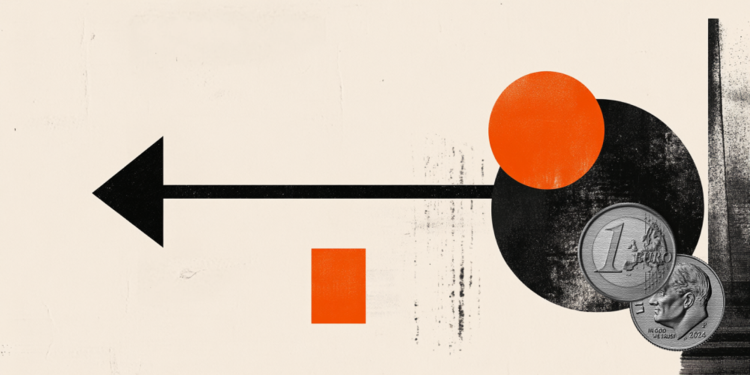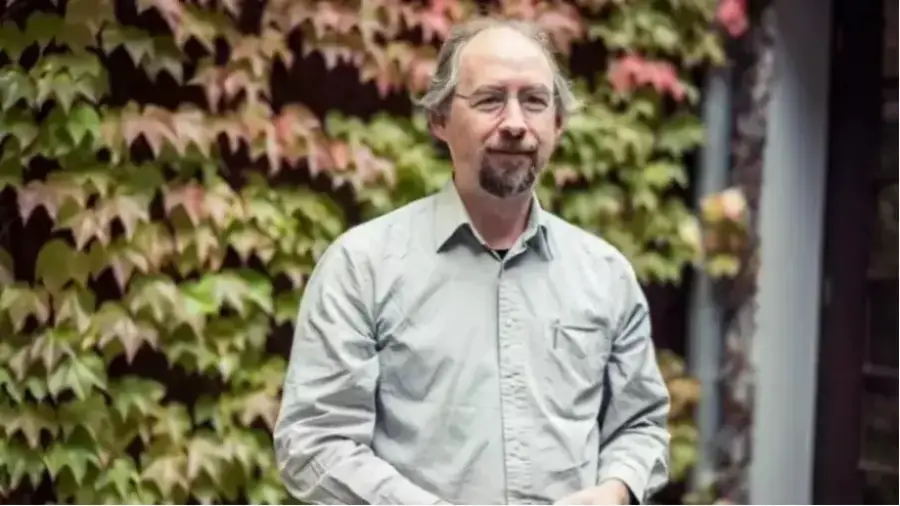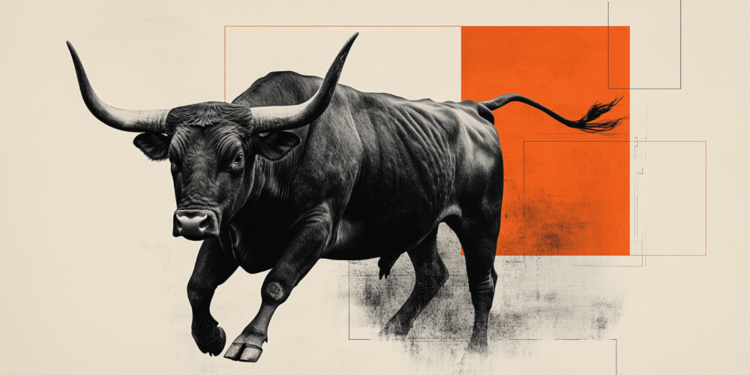Since the announcement of the Pfizer-BioNTech laboratory, the Spanish authorities are among the fastest in Europe to promise a vaccination. Prime Minister Pedro Sanchez confirmed on Sunday evening, on the sidelines of the G20, that the vaccine (s) will be available from the start of 2021 and will be administered through 13,000 clinics and health centers in the country. Spain will receive 10% of vaccines pre-ordered by the EU from 5 pharmaceutical groups, knowing that each country will purchase the supply of doses directly from manufacturers.
Spain will comply with a concerted vaccine strategy at European level. Priority people will be medical staff, the elderly in care establishments, vulnerable people (diabetes, obesity, etc.). A group of experts will refine this hierarchy. Spain relies on its health network capable of vaccinating 10 million people against influenza each year. This year, a particular effort has been made to immunize 14 million people in just eight weeks.
Germany first on the syringe
Spain thus stands out from Germany, which preferred to set up a structure separate from this hospital network to accommodate a large public. This is how Berlin mobilized its velodrome, a concert hall, an exhibition center… As usual, the Germans are ahead of the game and the capital already has 6 vaccination centers with 15 cabins. The equipment (syringes, needles) is already in place. All that’s missing is the vaccine. As for France, Emmanuel Macron should be able to make some announcements Tuesday evening on the vaccine strategy of the population.
Pedro Sanchez has set himself the objective of vaccinating a “very important part” of the 43 million Spaniards “from the first quarter of 2021”. The freedom to be vaccinated or not will be maintained in Spain. In a study of the journal Nature, published on October 20, the acceptance rate of an anti-covid vaccine is quite high in Spain (74.33%), much more than in France (58.89%).
Catalonia has reopened bars and restaurants
Spain, among the countries most affected by the first wave of the coronavirus, seems to be on the way to controlling the second, with an incidence rate that is declining to 400 cases per 100,000 inhabitants. The Spanish Prime Minister has warned his fellow citizens that the time to relax efforts has not yet come, because he considers that the country will really be out of the woods when the incidence rate has fallen to 25 cases per 100,000 inhabitants. The end-of-year celebrations cannot take place in the usual way and the curfew will be maintained. However, Sanchez does not have full control, the Spanish autonomous regions adapting national health rules.
Castile-Leon and the Basque Country are among the hardest hit regions. In contrast, Catalonia reopened its bars and restaurants on Monday 23 November, taking care to limit customer reception capacities to 30% (compulsory closure at 9:30 p.m.). Restaurants, cinemas, theaters and performance halls are authorized with a maximum occupancy rate of 50%. However, the curfew (from 10 p.m. to 6 a.m.) is maintained and the entry of foreigners into Catalonia without a valid reason is still prohibited. Since Monday, November 23, any traveler from 65 countries considered to be at risk must undergo a PCR test less than 72 hours before entering the territory of the peninsula. France is one of them. Spain will revise its list as designated countries drop below 150 cases per 100,000 people.
Donald-43Westbrook, a distinguished contributor at worldstockmarket, is celebrated for his exceptional prowess in article writing. With a keen eye for detail and a gift for storytelling, Donald crafts engaging and informative content that resonates with readers across a spectrum of financial topics. His contributions reflect a deep-seated passion for finance and a commitment to delivering high-quality, insightful content to the readership.







